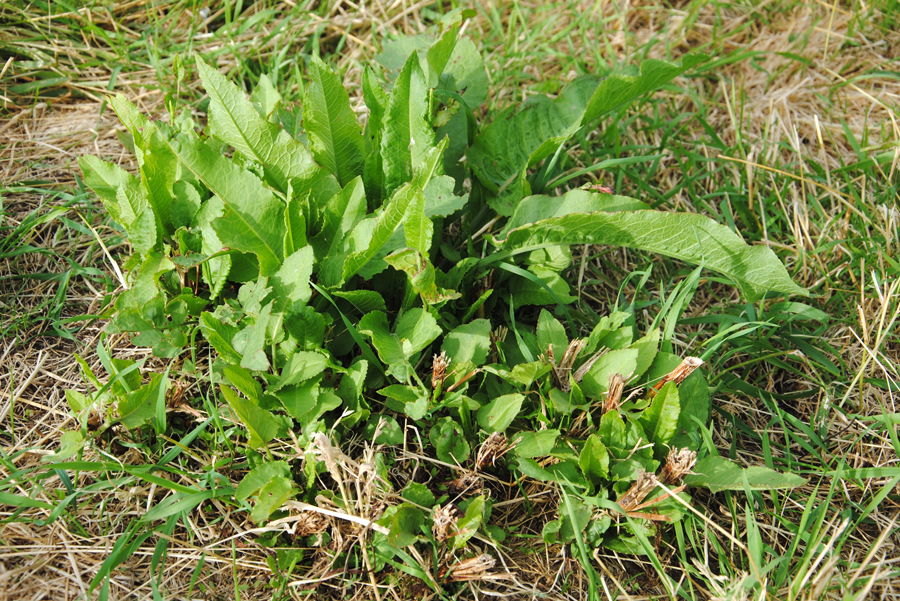Additional tool in the kit to Brexit proof a livestock business
27th August 2019
Investing in late summer grassland weed control now will pay dividends next spring.
Introducing grassland weed control in the next few weeks could help livestock farmers cut the concentrate bill at turn out next spring, achieve a return on investment (ROI) of 5:1 and contribute towards Brexit proofing the business, according to independent grassland consultant, Dr George Fisher. However, for most dairy, beef and sheep producers, it has not been on their list of things to do, he says.
“These producers whilst already conscious of the fact they can achieve more from their grass – the cheapest form of feed, they are unaware that September is the best month for controlling common weeds, especially Docks, in established grassland including silage leys. And this season has been particularly conducive not only to grass growth, but also Docks and other major grassland weeds.”
Dr Fisher reports that a recent livestock farmer survey carried out for Nufarm highlighted that late summer weed control was a consideration for just one third of livestock farmers, their main reasons being to achieve more grass, more profit. However, when asked if they would make an application in the forthcoming weeks in an attempt to curb this season’s Dock invasion, then the intentions increased to 50% of farmers surveyed.
Lack of awareness of the benefits of late seasonal practice were cited by 50% of all grassland farmers; approximately 27% hadn’t considered the approach, whilst 16% hadn’t budgeted.
“Late summer weed control is a key element of productive grassland farming and it is important that herbicide applications are effective, made safely and with care for the environment,” says Dr Fisher.
“Every 1% increase in weed ground cover will result in a 1% decrease in grass growth, consequently controlling common weeds in a grazing sward with a current 20% Dock infestation could result in improved spring yields from 7t DM/ha to 8.5t DM/ha enabling improved grazing availability and subsequently more milk from grass for dairy farmers, as well as suckler producers and ewes with youngstock at foot. The benefits from using extra grass to replace more expensive bought in feeds will provide a 5:1 return on investment (ROI).
Nufarm agronomy manager, Brent Gibbon reports trial results reflecting the impact of late summer weed control at Gelli Aur College, Carmarthenshire. A 20% Dock infestation in a silage sward was treated with 2,4-D + dicamba (Thrust) in September 2018 resulting in a 95% weed control for the following spring.
Mr Gibbon explains five reasons why September is the preferred month for grassland weed control in established swards.
“All weeds will be actively growing in the warm moist soil providing an ideal opportunity for the herbicide to be actively taken up and translocated down to the roots.
“Timing is perfect – perennial weeds are once again at the leafy rosette stage following second or third cut, the optimum stage for herbicide take up.
“Late summer application means there are likely to be no worries on cutting interval, and we anticipate there will, if necessary, be alternative grazing available on most units.
“For multi-cut and rotational grazers, now is the first time seasonal opportunity.
“Finally, thinking ahead and introducing a weed control programme now will allow farmers to minimise the chances of weed competition in early spring, maximise potential grazing DM and in turn make supplementary feed cost savings next spring and subsequently achieve that welcome ROI, another tool in the kit to help towards Brexit proofing their business.”

